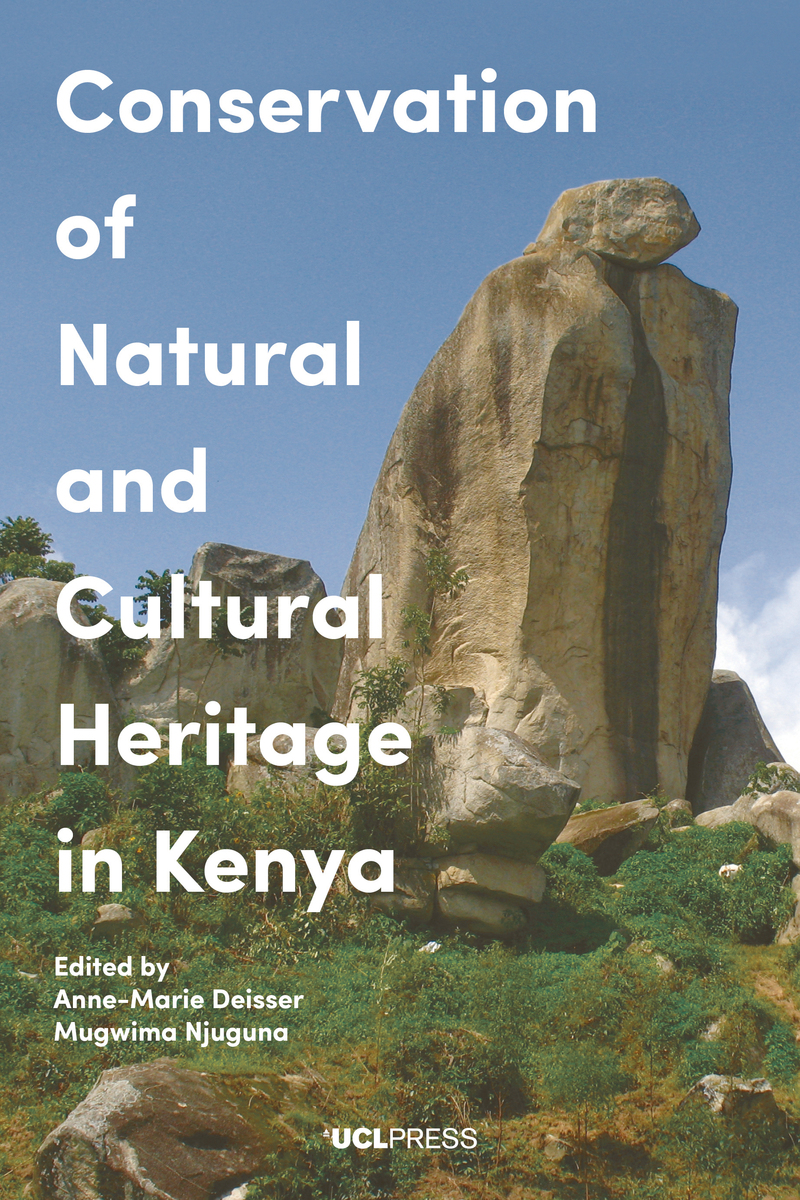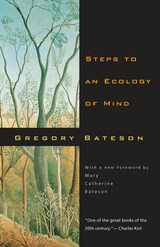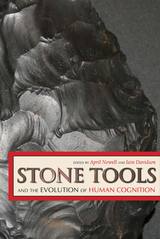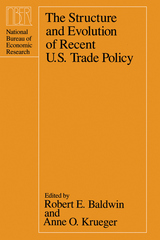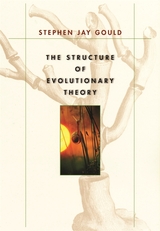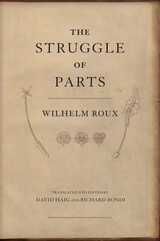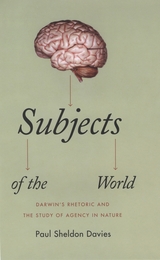Conservation of Natural and Cultural Heritage in Kenya
University College London, 2016
Paper: 978-1-910634-83-7 | Cloth: 978-1-910634-82-0
See other books on: Conservation | Cultural Heritage | Kenya | Museum Studies | Natural
See other titles from University College London
Paper: 978-1-910634-83-7 | Cloth: 978-1-910634-82-0
ABOUT THIS BOOK | REVIEWS | TOC
ABOUT THIS BOOK
n Kenya, cultural and natural heritage has a particular value. Its pre-historic heritage not only tells the story of man's origin and evolution but has also contributed to the understanding of the earth's history: fossils and artefacts spanning over 27 million years have been discovered and conserved by the National Museums of Kenya (NMK). Alongside this, the steady rise in the market value of African art has also affected Kenya. Demand for African tribal art has surpassed that for antiquities of Roman, Byzantine, and Egyptian origin, and in African countries currently experiencing conflicts, this activity invariably attracts looters, traffickers and criminal networks. This book brings together essays by heritage experts from different backgrounds, including conservation, heritage management, museum studies, archaeology, environment and social sciences, architecture and landscape, geography, philosophy and economics to explore three key themes: the underlying ethics, practices and legal issues of heritage conservation; the exploration of architectural and urban heritage of Nairobi; and the natural heritage, landscapes and sacred sites in relation to local Kenyan communities and tourism. It thus provides an overview of conservation practices in Kenya from 2000 to 2015 and highlights the role of natural and cultural heritage as a key factor of social-economic development, and as a potential instrument for conflict resolution
See other books on: Conservation | Cultural Heritage | Kenya | Museum Studies | Natural
See other titles from University College London
